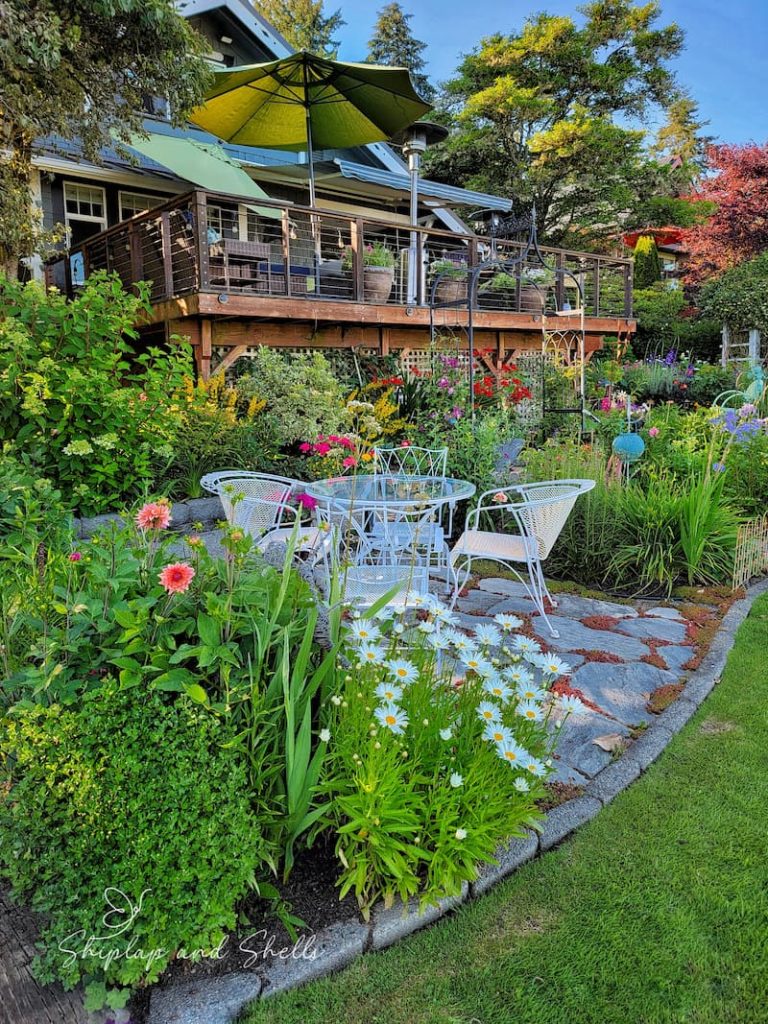Introduction
An ornamental garden transforms any outdoor space into a stunning visual retreat. Unlike functional gardens focused on food production, ornamental gardens emphasize beauty through plants, design, and landscaping elements. They enrich homes, parks, and public places by combining flowers, shrubs, trees, and decorative features. This article provides a comprehensive guide to understanding ornamental gardens, including design principles, plant selection, maintenance tips, and expert insights to help you create and sustain a captivating garden.
What Is an Ornamental Garden?
An ornamental garden is a landscape designed primarily for aesthetic appeal. It showcases colorful flowers, textured foliage, sculptural plants, and often includes features like fountains, statues, and pathways.
Key Characteristics
- Focus on beauty and visual impact
- Use of diverse plant species for color and form
- Incorporation of hardscape elements like benches or garden art
- Designed for relaxation, enjoyment, and enhancing property value
Experts note that ornamental gardens often reflect the gardener’s personal style, blending natural elements with artistic expression to create harmony and interest.
Designing an Ornamental Garden: Essential Principles
Successful design balances nature and creativity. Follow these principles:
1. Plan for Seasonal Interest
Choose plants that bloom at different times to ensure year-round color. For example, spring tulips, summer roses, and autumn chrysanthemums provide continuous appeal.
2. Balance Color and Texture
Combine contrasting leaf shapes and flower colors to create depth. Use broad-leafed plants alongside fine-textured grasses.
3. Consider Garden Layout
- Use curved pathways to guide visitors
- Create focal points like a water feature or sculpture
- Incorporate layers: low-growing plants in front, taller ones behind
4. Match Plants to Climate
Select species suited to your local environment for sustainability and reduced maintenance.
Choosing Plants for Ornamental Gardens
Plant selection is crucial. Here are popular categories:
Flowering Plants
- Roses: classic and fragrant, ideal for formal gardens
- Hydrangeas: large, colorful blooms
- Lavender: aromatic and drought-tolerant
Foliage Plants
- Hostas: shade-loving with varied leaf patterns
- Ferns: add lush greenery and texture
Shrubs and Trees
- Japanese Maple: striking foliage and shape
- Boxwood: evergreen, perfect for hedges and borders
Incorporate native plants to attract pollinators and support local ecosystems. For example, coneflowers and bee balm are excellent for ornamental beds and beneficial insects.
Maintenance Tips for a Thriving Ornamental Garden
Maintaining beauty requires consistent care.
Watering
Deep, infrequent watering encourages strong roots. Use drip irrigation to conserve water.
Pruning
Regularly prune to shape plants, remove dead growth, and promote flowering.
Soil Care
Enhance soil with organic compost annually to improve fertility and structure.
Pest Management
Adopt integrated pest management (IPM) techniques. Encourage natural predators and use organic treatments to minimize chemical use.
Mulching
Apply mulch to retain moisture, suppress weeds, and regulate soil temperature.
Real-World Examples and Expert Insights
A 2023 study by the American Society of Landscape Architects highlighted that ornamental gardens increase residential property values by up to 15%. Renowned landscape designer Piet Oudolf emphasizes choosing plants for their form and seasonal changes, not just flowers, to create dynamic gardens.
Conclusion
Ornamental gardens provide a beautiful escape and elevate any outdoor space. By understanding design principles, selecting appropriate plants, and committing to regular maintenance, you can create a vibrant garden that captivates year-round. Start small, observe your garden’s needs, and let your creativity flourish. Whether for personal enjoyment or community beautification, ornamental gardens enrich lives and environments alike.
